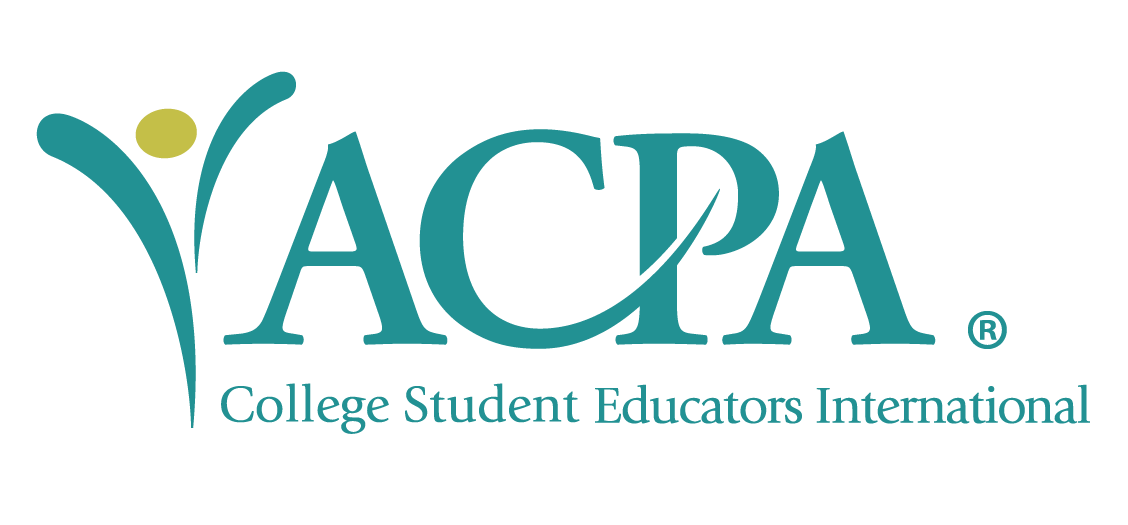After four days of assessment talk at the ACPA Student Affairs Assessment Institute (AI), I returned to my home campus ready to take on the immense task of revising and revamping my office’s assessment strategy. Being energized by the conference and 100 Student Affairs assessment professionals gave me the confidence and skills I needed to tackle large assessment related structures, such as the office’s mission & vision as well as goals, initiatives, outcomes and metrics. At the end of the conference, I felt prepared to come back and implement the changes immediately.
I knew applying the knowledge I gained from the AI would be a challenge due to the circumstances of my office and since returning from the conference, that has certainly proven to be true. I am the newest member in the office and the only one with assessment responsibilities in our professional development goals and job responsibilities. To add context, the professional staff in my office turned over completely in Summer of 2015 and as a result of changes to programs, outcomes and metrics have not been properly aligned through the best practices and suggestions I overheard at the AI.
The primary concept I learned about assessment during AI was that assessment can be confusing to all parties involved (staff, audience, and students) if not done well and that every effort should be taken to lessen the confusion. Participants do not want to be confused by the questions posed in assessment tools, staff members do not want to be confused about how or what to assess, and the audience certainly doesn’t want to be confused by the presentation of the data, or its connection to the overall message. The assessor should ask themself (and preferrably others) “is this question/expectation/connection confusing?” as each aspect of the assessment plan is developed. The clarity of information will please all constituencies involved, even if the outcomes of assessments suggest change is necessary.
The mission alignment activity was very also very helpful. It is used to ensure that each aspect of one’s mission leads to a goal, a number of initiatives, outcomes and metrics. It seems like a simple task but it can be quite daunting, particularly when interventions in a cultural center can be difficult to document quantitatively. Most often, our division leaders want simple assessment numbers (i.e., attendance tracking); however, the AI did provide some helpful tips turning qualitative data into assessment informed narratives that result in change. This is where a strong storytelling focus can be helpful. The AI also had a strong communication focus emphasizing that the purpose of assessment is to communicate the data to different constituencies.
AI also taught me how to ensure that I use data to communicate my outcomes efficiently and effectively. Who is my audience? What story do I want to tell? How do I want to tell that story? Why is this story important? These are all questions that should be asked when developing summative end-of-year or monthly reports to tell a story about how current services are supporting students and describing how each data point contributes to student support or success is vital. Also, the use of data visualization techniques to highlight significant information can make results more easy to comprehend. Going through this process resulted in my discovery that not all data collected will be data used in each report and that simplifying data can inspire more powerful reactions. It may also give insight into poorly worded questions and poorly collected data. However, even poorly collected data can be used, even if only to continuously improve future data collection and data reporting.
One piece of advice that I was reminded of at AI, but continues to be a challenge for me to internalize, is that I don’t need to assess every aspect of every program simultaneously. For example, if you have just three learning outcomes for your annual orientation program, you can assess one of those outcomes this year and another the following year. This means that you may get a more thorough response and that you can fully explore that outcome in more nuanced ways.
As a scholarship recipient this year, I feel not only more knowledgeable about the assessment process in general but also more confident in supporting our annual and ongoing assessment projects in informed and ethical ways.
About the Author
Nick Daily is Assistant Dean of Students for Black Student Affairs at the Claremont Colleges. The pronouns Nick uses are He or They. In his role he is assigned with student engagement initiatives including the grant management program and arts engagement programming including bringing speakers and performers to the campuses. They are a young, queer black, gender murky man who lives by the philosophy of “‘LuvServedDaily’ – The consistent pursuit of happiness for self and others.”

